In Canada, it’s been one decade since LEED (Leadership in Energy and Environmental Design) debuted, forever changing the national construction industry.
The man behind Canada’s first LEED-certified residential highrise foresees the day when LEED standards become the norm.
He is part of panel discussion at Buildex Vancouver on Feb. 13.
“In Canada, the (LEED) standards will be what’s required,” said David Sprague, whose 16-storey, 67-unit Silva was LEED-certified in 2005.
Sprague will be speaking at seminar W13 How to Get Your Building Certified – Lessons Learned
Back in 2002, Sprague was the president of development company West Coast Projects and his company began work on a $20 million, North Vancouver condo project.
At the time, sustainable development was a groundbreaking term.
Sprague did his research and realized that not only was a sustainable project doable, it would produce a better product.
He said the buildings of the 70s and 80s weren’t very good. They lacked attention to detail and building envelopes were poorly constructed.
“It’s not green to build a building that leaks,” he said.
LEED addresses five areas: sustainable site development, water efficiency, energy efficiency, materials selection and indoor environmental quality.
LEED certification is based on total points scored in the five areas, following an independent review, with four levels of certification: Certified, Silver, Gold and Platinum.
When Silva was finished, not only did it save energy (14 per cent less, saving almost $17,000 annually), water use was reduced by 60 per cent versus the Greater Vancouver average.
About 13 per cent of the building’s materials were recycled content and 100 per cent of the interior paint/sealants/carpets were low-VOC.
However, Sprague faced a lot of naysayers, including lenders.
Even finding suitable products required lots of digging.
Tradespeople unfamiliar with low-VOC paints weren’t ready to use the products.
Others asked why Sprague wanted to use Low-E windows as they cost $15,000 more.
Today, are part of B.C.’s Building Code.
Sprague persevered.
“I wanted to produce a project that looked and functioned as normal,” he said.
“It also produced a better building that can last 100 years.”
The cost premium was 1.7 percent of hard costs, not the massive extra expenses that some feared.
Today, achieving LEED certification is easier, thanks to many knowledgeable consultants.
Still, Sprague noted, that LEED’s requirements can be tough to obtain.
“You need to pay attention. You have to devote enough manpower to be on top of the project, tracking it,” he said.
“Before starting, determine your strategy and what points you’ll go after. It is time-consuming. You need to be rigorous.”
More recently, Sprague led the development of HSBC’s Edgemont Village branch in North Vancouver, a 5,000-square-foot, LEED Gold building.
Low energy bills, lots of fresh air and fewer sick days have been the result.
Just completed is a 43,000-square-foot, five-tenant, retail complex on Robson Street. Sprague expects the structure, with a “super envelope” will be LEED Gold.
“The gas meter has not budged since it was installed in November,” he said.
According to Curtis Dorosh, an engineer and project manager with Light House, who will also be on the Buildex panel, the Canada Green Building Council wields a fine tooth comb.
The council, which is responsible for LEED certification in Canada, stringently enforces standards, he said.
When a project is finished, documentation is sent to the council’s LEED team in either Vancouver or Ottawa.
Usually, the work is sub-contracted to professionals such as engineers and architects, who determine if the criteria are met.
“The review is challenging,” Dorosh noted.
“Lots of things come up. You may be going for Gold and end up with Silver.”
The 600-page reference guide is one indication of the demanding criteria. If parts of the project change mid-stream, it can take several months for the request to be approved because of high demand, Dorosh said.
Additionally, there must be proof that you’ve done what you said you’ll do.
“It’s really important to have a good process in place to document everything,” he said.
Dorosh advises taking photographs throughout the building process.Using software programs like BIM is also a way to catalogue the work.
Hiring a commissioning agent while the project is being built is an option to ensure LEED will be met and systems will work as planned.
The agent, a third party set of eyes, also returns one year after completion to ensure the building is operating as designed.
While building to LEED standards adds about one to three per cent in extra costs, the added comfort and building longevity are worth it, Dorosh said.


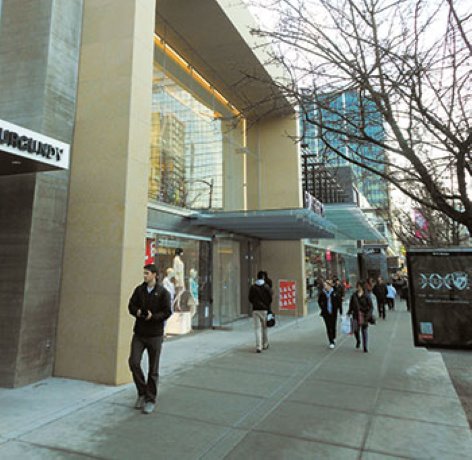

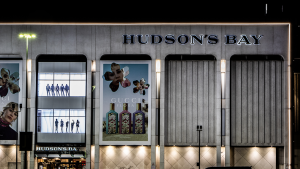
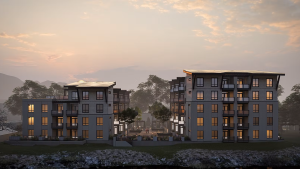
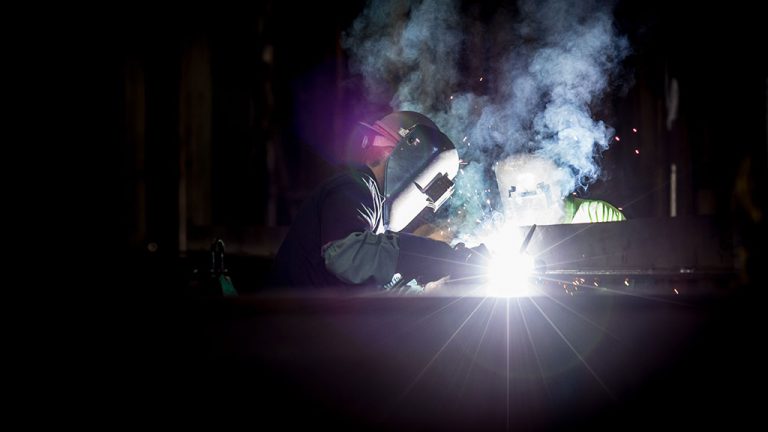
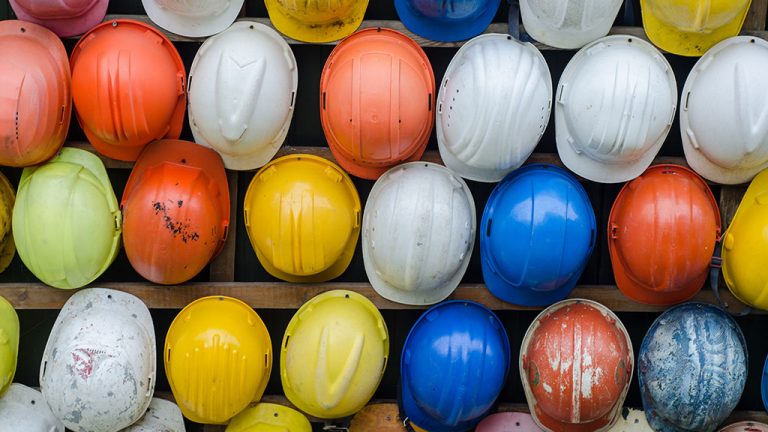
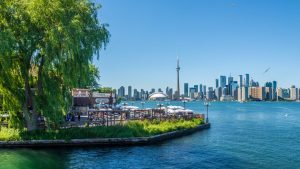
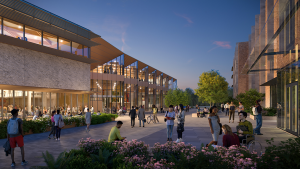

Recent Comments
comments for this post are closed